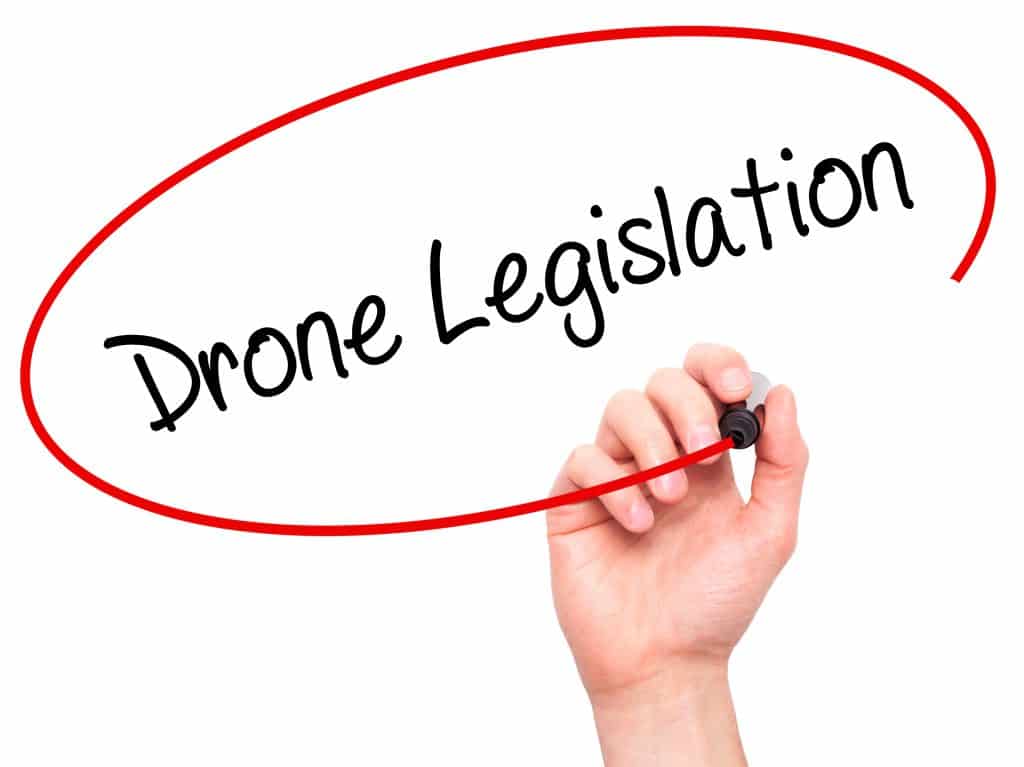
Regulating new technologies has always been a complex task for authorities. This is due to the extremely fast pace that innovation moves at, and regulations must encompass technological leaps at the same time as they occur. It is hard to strike the balance between being responsible and facilitating drone regulation, therefore various countries have taken very different approaches.
Drone Industry Insights (DroneII), one of the leading sources for business intelligence in the field of commercial drones, have built a quantitative metric of a countries preparedness for the current and future development of commercial drones – the Drone Readiness Index. DroneII have shared how they have determined whether a country is ‘ready’ for the current and continued development of commercial drones. There are six key factors that are crucial to a good drone regulation:
Applicability
Not all countries in the world have drone regulations, some have laws specifically dedicated to drones, some have adapted their general aviation regulations to includes drones, whereas others make no reference to unmanned aircraft at all. A reference to drones in aviation legislation is the bare minimum a government must do to qualify as ‘ready’ for the current and future development of drones.
Furthermore, it is crucial to examine whether drone regulations have been regularly updated within differing countries. Legislations made years ago but have not been revised since are likely to be outdated due to the dynamic pace at which the industry is growing. Continuous revisions reflect a governments willingness and drive to grow the drone market by continuing to address the emerging regulatory challenges in the commercial drone space.
Human Resources
Although there is a significant drive towards fully autonomous drones, the drone industry still requires human resources in order to move forward. There is a need to measure the success of regulations to streamline the process of recruitment and training of humans for work in the commercial drone industry.
DroneII’s HR section of the Drone Readiness Index measures what type of infrastructure is in place for training and certifying pilots, assuming that the more comprehensive the drone regulation, the more consideration it has for those flying drones. The index also measures the results of the regulations by comparing the numbers of approved drone operators in different countries.
Administrative Infrastructure
A reliable and fully functioning administrative infrastructure is the key support that a government can provide to new technology. A sound administrative infrastructure needs to include insurance requirements, drone registers and standard procedures for acquiring flight permissions. The infrastructure is graded on not only how comprehensive it is, but also how clear and streamlined it is.
Operational Limits
Different countries vary in terms of the limitations that they have in place for the operation of a drone. To balance out strict administrative requirements, it is critical to provide a range of operational limits which allow the drone industry to keep developing state of the art solutions, as long as they adhere to the regulations in place.
Operational limits determine where and how drones are able to operate. Countries differ dependent upon whether their regulations allow for BVLOS (Beyond the Visual Line of Sight) flights or not, at night or not, or near people or not.
Airspace Integration
in order to be able to fly drones in urban environments and in ‘special conditions’, it is crucial for unmanned aircraft to be able to operate smoothly in zones which are currently restricted. It is of upmost importance that there have been regulatory efforts to integrate manned and unmanned airspace.
Social Acceptance
Social acceptance of a new technology is vital to its success. The main concern that people usually have with drones if their ability to fly within their proximity and enter their personal space without authorisation. There have been, and still are, many debates over how drones and urban aerial mobility have centred on the issues of privacy and personal data protection. The most forward-looking responsible drone regulation anticipates this issue and provides a clear outline of drone operator responsibilities when flying in order to protect people’s privacy.
Since Coverdrone began in 2007, we have noted the differing stages that different countries are at in terms of drone legislation and the differing pace in which they are developing. We believe that a universal approach would be a goal that is obtainable within the near future, in order to develop the drone industry to its full potential. Here at Coverdrone, we are consistently adapting our industry leading policies to keep in line with the developing technology and regulations.
For further information in regards to the Drone Readiness Index and various other free Drone Industry resources, visit the Drone Industry Insights website.
